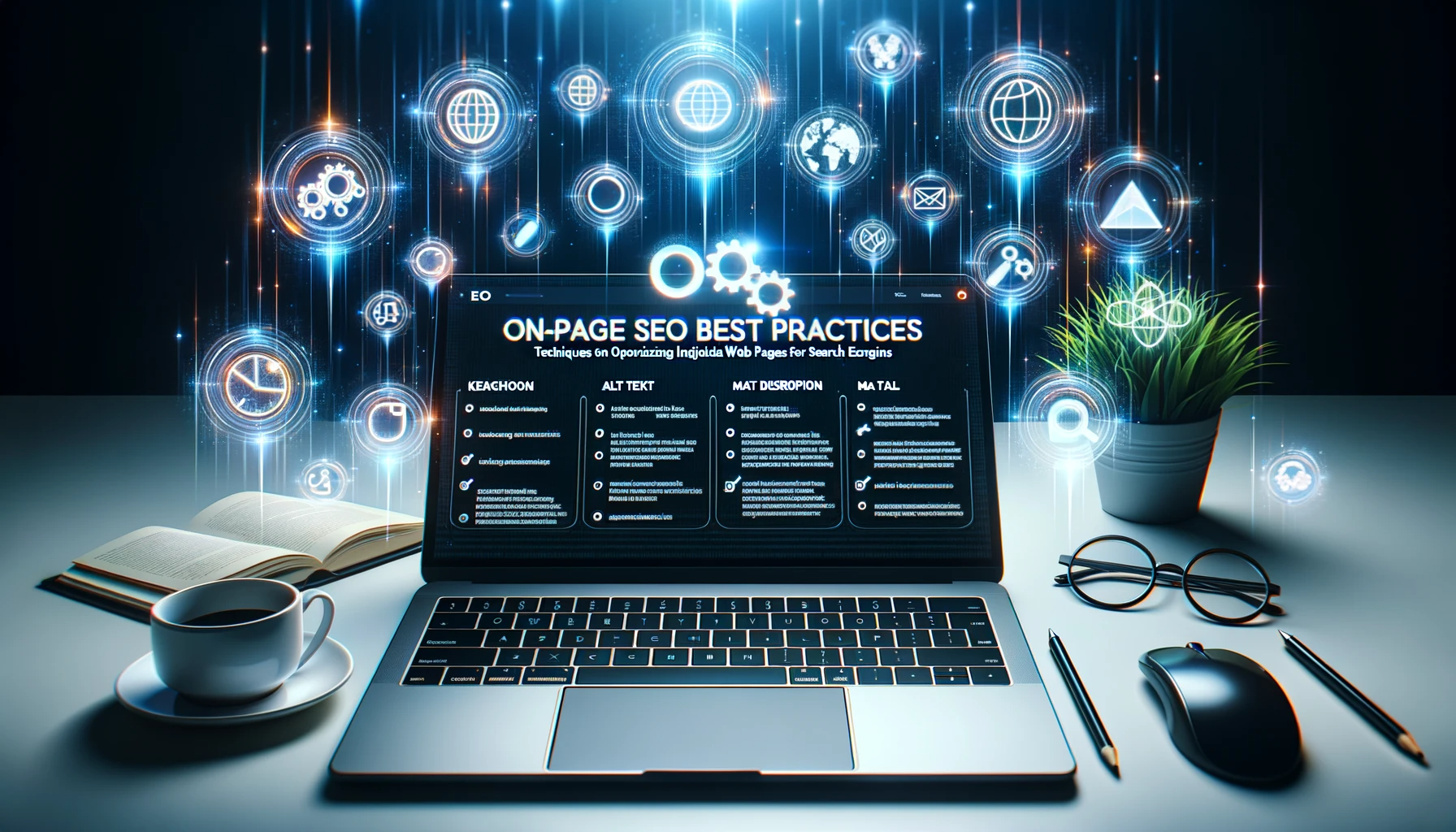Introduction
In the vast landscape of digital marketing, search engine optimization (SEO) remains a crucial component for achieving online success. While off-page SEO strategies like link building and social media engagement play significant roles, on-page SEO is the foundation upon which your website's visibility on search engines is built. In this article, we will explore the best practices and techniques for optimizing individual web pages to improve their ranking on search engine results pages (SERPs).
What is On-Page SEO?
On-page SEO refers to the practice of optimizing individual web pages to enhance their visibility and search engine ranking. It involves various elements such as content, HTML source code, and page structure, all of which contribute to a website's performance in organic search results. On-page SEO is an ongoing process that requires continuous effort and attention to detail.
Key On-Page SEO Best Practices
- High-Quality and Relevant Content: Content is king in the world of SEO. High-quality, informative, and engaging content not only attracts visitors but also keeps them on your site longer, reducing bounce rates. Ensure that your content is relevant to the target keywords and provides value to your audience.
- Keyword Research and Optimization: Keyword research is the foundation of on-page SEO. Identify relevant keywords and phrases that your target audience is likely to search for. Incorporate these keywords naturally into your content, including in titles, headers, and body text. Avoid keyword stuffing, as it can harm your rankings.
- Title Tags and Meta Descriptions: Title tags and meta descriptions are the first things users see on the SERPs. Craft compelling titles that accurately represent your content and include the primary keyword. Meta descriptions should provide a concise summary of your page's content and encourage users to click.
- Use Descriptive URLs: Create SEO-friendly URLs that describe the page's content. Short, clear, and keyword-rich URLs are preferred by search engines and users alike.
- Header Tags (H1, H2, H3): Use header tags to structure your content hierarchically. The H1 tag should contain the main keyword and provide a clear title for the page. H2 and H3 tags can be used to organize subtopics and improve readability.
- Image Optimization: Images can enhance the user experience, but they can also slow down page load times. Optimize images by compressing them, using descriptive file names, and adding alt text to improve accessibility and SEO.
- Internal Linking: Internal links help search engines understand the structure of your website and how pages relate to each other. Use relevant anchor text to link to other pages within your site, guiding users to additional valuable content.
- Mobile-Friendly Design: With mobile devices accounting for a significant portion of web traffic, it's essential to have a responsive, mobile-friendly design. Google prioritizes mobile-friendly sites in its rankings.
- Page Speed Optimization: Page speed is a crucial factor in user experience and SEO. Optimize your website's loading times by compressing files, leveraging browser caching, and minimizing HTTP requests.
- Schema Markup: Schema markup, also known as structured data, helps search engines understand the context of your content. Implementing schema can lead to rich snippets in search results, increasing click-through rates.
- Content Updates: Regularly update and refresh your content to keep it relevant and accurate. Outdated information can harm your SEO efforts.
- User Experience (UX): A positive user experience is increasingly important for SEO. Ensure that your website is easy to navigate, has clear calls to action, and provides a seamless browsing experience.
Conclusion
On-page SEO is a fundamental aspect of digital marketing that can significantly impact your website's visibility and performance in search engines. By following these best practices and techniques, you can optimize your individual web pages to improve their rankings on SERPs, attract more organic traffic, and ultimately achieve your online goals. Remember that SEO is an ongoing process, and staying updated with the latest trends and algorithms is crucial for long-term success.
